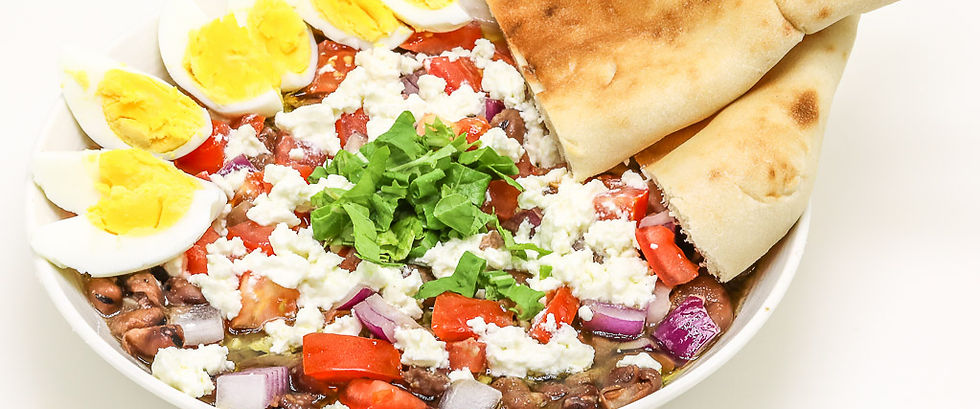Cook Book Club: October's Ingredient Is Cumin Powder. The Country: Sudan!
- Elise

- Oct 1, 2024
- 3 min read
In our second year highlighting entire cultures, we moved from Europe and into Africa. As we have done, kits include a little bit about the country of focus, a recipe (or more) that is native to the country, and a unique ingredient or two from that recipe without which, it wouldn't be the same. Most recipes are from writers native to the country covered or otherwise live there. I'll post the recipes and information here as well, so let's get cooking!
Sudanese Culture, Cuisine and History
As explained by various historical and cultural resources
Once the largest country in Africa, chances are you are more aware of Sudan through its lengthy modern history of civil wars, the conflict in Darfur, refugees and a history of ethnic and religious division with the latest being the final secession of its southern portion in 2011 forcing the redrawing of its border. However, this is by no means the full picture.
Sudan is known to have been host to one of the oldest civilizations in Africa, the Nubian empire, an empire that rose side-by-side with the Ancient Egyptian empire, sometimes coming in conflict with or supplanting one another in power. Sudan is host to the most pyramids in the world (250 known). It has seen not only war and famine, but also peace and plenty. In ancient times, northern Sudan wasn't an arid desert, but lush and with a strong sense of generosity of resources seen in many Islamic countries that continues to this day. Being a Northern African country with strong Islamic ties, Sudan includes some shared culture and history with other North African and Middle Eastern countries.
Our dish today is the ancient Sudanese version of a classic North African breakfast. This breakfast can match any lifestyle, from vegan to carnivore. It is unclear whether this dish originated with the Nubian empire or with the Pharaohs of Egypt, but in either case, it has stood the test of time and influenced and been influenced by the whole of North Africa and the Middle East.
Main Course
Ful Medames
This recipe has been adapted from TasteofSouthSudan.com and a few others for use by the Brown Deer Library Cookbook Club
Serves: 5 Prep Time: 15min Cook Time: 10min
Ingredients
2 cans plain fava beans, 13 to 15 ounces each can
½ cup water
Tomatoes, diced
Kosher salt
½ to 1 tsp ground cumin
Optional variation:
1 to 2 hot peppers, chopped (jalapenos will work here)
2 garlic cloves, chopped
1 large lemon, juice of
1 cup chopped parsley
Red onions, diced
Feta cheese
Arugula or rocket leaves
Sesame oil or extra virgin olive oil
Black pepper
Optional garnish: boiled eggs.
Directions
In a cast iron skillet or saucepan, add the fava beans and ½ cup water. Warm over medium-high heat. Season with kosher salt and cumin. Use a potato masher or fork to mash the fava beans.
In a morter and pestle, add the hot peppers and garlic. Smash. Add in juice of one lemon and stir to combine.
Pour the garlic and hot pepper sauce over the fava beans. Add a generous drizzle of extra virgin olive oil. Top with chopped parsley, diced tomatoes, and a few slices of hot peppers, if you like.
Serve with pita bread, sliced veggies, olives, and/or any of the other above ingredients not yet used if desired.
NOTE:
The most basic version of ful is a stew of cooked fava beans with olive oil, cumin, and optionally with chopped parsley, garlic, onion, lemon juice, chili pepper and other veggies, herbs and spices. If you have the the beans, oil, and cumin, all else is up to a matter of taste.










Comments